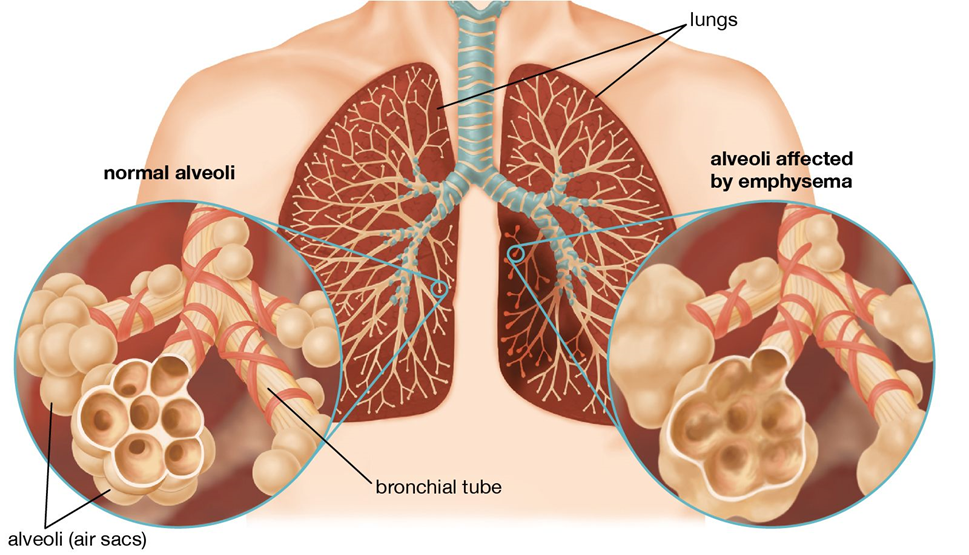A nurse is caring for a client at risk for fluid volume overload with an order to infuse 1 unit of blood. The health care provider specified the rate of infusion must be 8 hours to prevent the effects of fluid volume overload in this client. Which intervention should the nurse implement for this client?
Retrieve the blood from the laboratory and run each unit at an 8-hour rate.
Notify the laboratory to split the unit into 2, then infuse each half for 4 hours.
Call the HCP to question the order because blood must infuse within 4 hours.
Infuse each unit for 8 hours, the maximum rate for a unit of blood.
The Correct Answer is C
Choice A Reason:
Retrieving the blood from the laboratory and running each unit at an 8-hour rate is not appropriate. According to transfusion guidelines, blood products should be infused within 4 hours to prevent bacterial growth and reduce the risk of transfusion-related complications1. Infusing blood over 8 hours increases the risk of these complications.
Choice B Reason:
Notifying the laboratory to split the unit into 2 and then infusing each half for 4 hours is also not ideal. While this approach might seem to address the time constraint, it is not a standard practice and could lead to issues with blood product integrity and patient safety2. Blood products are typically not split unless there are specific protocols in place, and this is not a common intervention for managing infusion rates.
Choice C Reason:
Calling the HCP to question the order is the correct intervention. Blood transfusions must be completed within 4 hours to ensure patient safety and maintain the integrity of the blood product3. The nurse should advocate for the patient by questioning any orders that do not align with established guidelines and best practices.
Choice D Reason:
Infusing each unit for 8 hours is incorrect. The maximum duration for infusing a unit of blood is 4 hours4. Extending the infusion time beyond this limit increases the risk of complications such as bacterial contamination and reduced efficacy of the blood product.
Nursing Test Bank
Naxlex Comprehensive Predictor Exams
Related Questions
Correct Answer is D
Explanation
Choice A reason: Encouraging coughing and deep breathing is important for postoperative care to prevent complications such as atelectasis and pneumonia. However, with an oxygen saturation of 85%, the immediate priority is to address the client’s hypoxemia. Once oxygen levels are stabilized, coughing and deep breathing exercises can be encouraged.
Choice B reason: Elevating the client to a high Fowler’s position can help improve lung expansion and ease breathing. While this is a beneficial intervention, it is not the first priority when the client’s oxygen saturation is critically low. Administering oxygen should be the initial step to quickly improve oxygenation.
Choice C reason: Administering prescribed analgesic medication is essential for managing the client’s pain, which can also help improve breathing patterns. However, pain management should follow the immediate correction of hypoxemia. Ensuring adequate oxygenation takes precedence over pain relief in this scenario.
Choice D reason: Administering oxygen at 2 L/min is the first action the nurse should take. With an oxygen saturation of 85%, the client is experiencing significant hypoxemia, which needs to be corrected promptly to prevent further complications. Oxygen therapy will help increase the oxygen levels in the blood and improve the client’s overall condition.
Correct Answer is C
Explanation
Choice A Reason:
“Prevents pressure ulcers” is incorrect. While positioning can help prevent pressure ulcers, the orthopneic position is specifically used to aid in breathing rather than to prevent pressure ulcers. Pressure ulcers are typically managed by regularly repositioning the client and using pressure-relieving devices.
Choice B Reason:
“Supports hip extension” is incorrect. The orthopneic position does not primarily support hip extension. This position involves sitting up and leaning forward, which does not significantly affect the hips.
Choice C Reason:
“Facilitates breathing” is correct. The orthopneic position, also known as the tripod position, helps to improve breathing in clients with COPD. By leaning forward and resting the arms on a table or knees, the diaphragm can move more freely, and accessory muscles of respiration are better utilized, reducing the work of breathing.

Choice D Reason:
“Promotes urinary elimination” is incorrect. The orthopneic position is not intended to promote urinary elimination. Urinary elimination is typically managed through other interventions such as ensuring adequate hydration and, if necessary, using a catheter.
Whether you are a student looking to ace your exams or a practicing nurse seeking to enhance your expertise , our nursing education contents will empower you with the confidence and competence to make a difference in the lives of patients and become a respected leader in the healthcare field.
Visit Naxlex, invest in your future and unlock endless possibilities with our unparalleled nursing education contents today
Report Wrong Answer on the Current Question
Do you disagree with the answer? If yes, what is your expected answer? Explain.
Kindly be descriptive with the issue you are facing.
